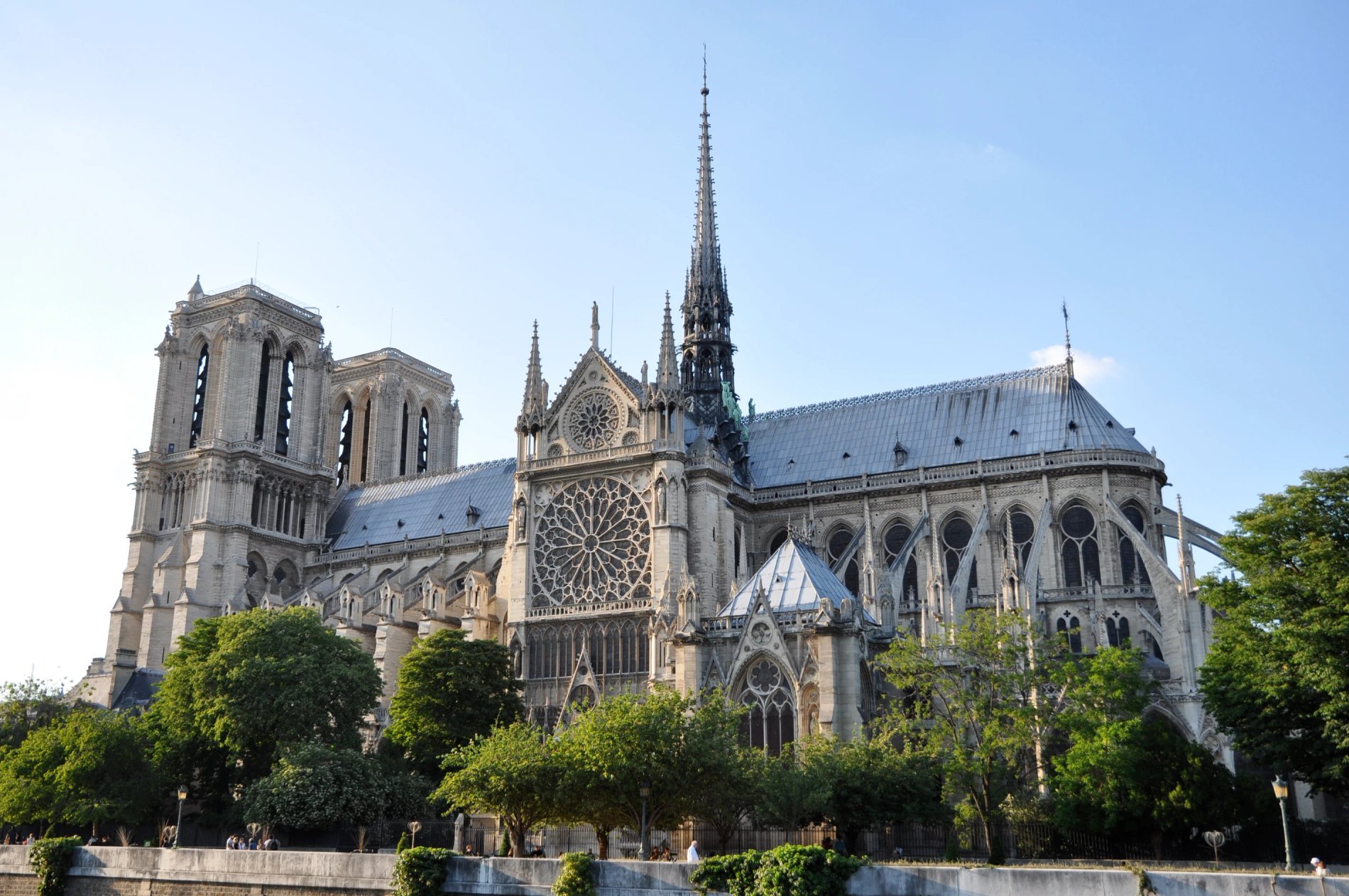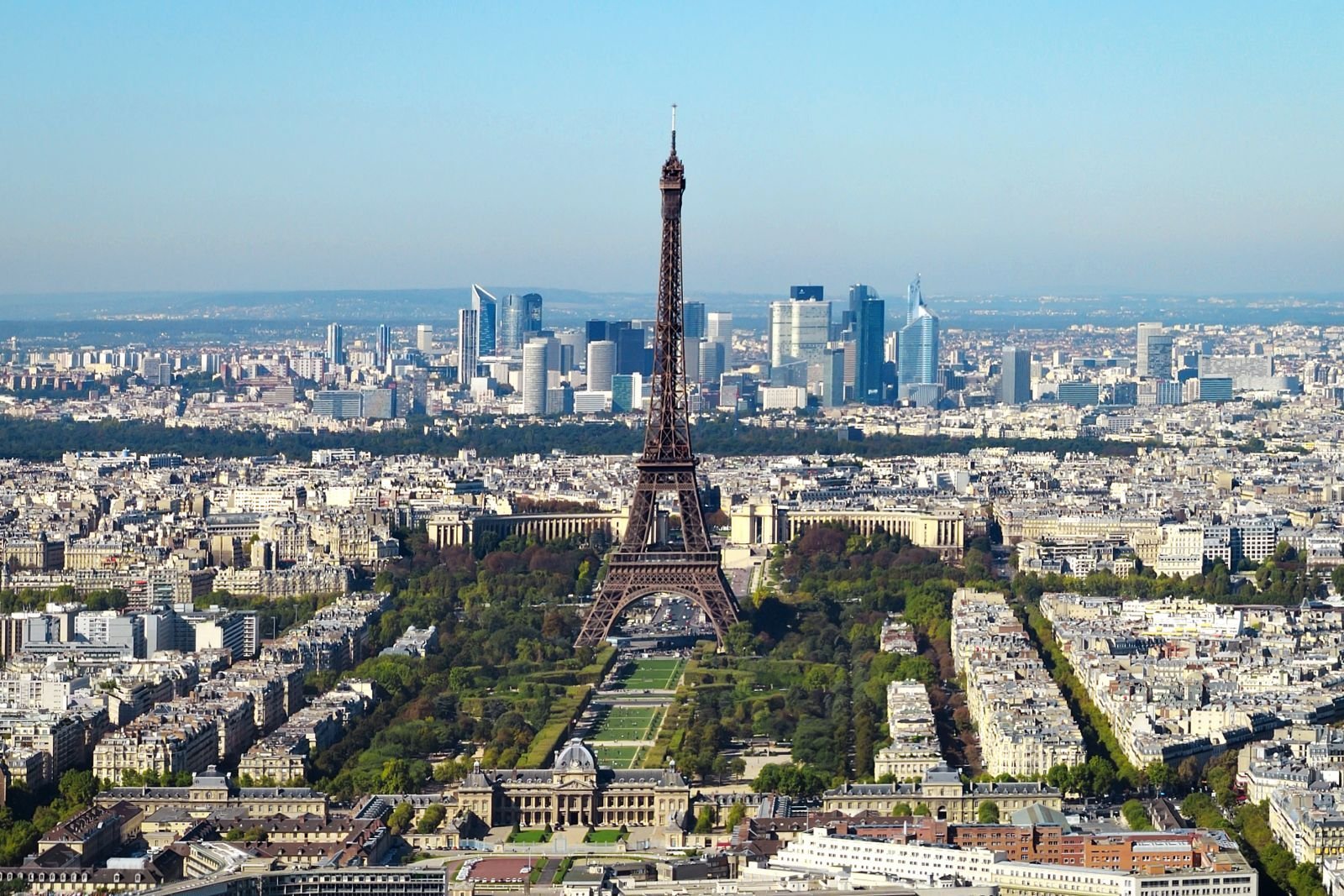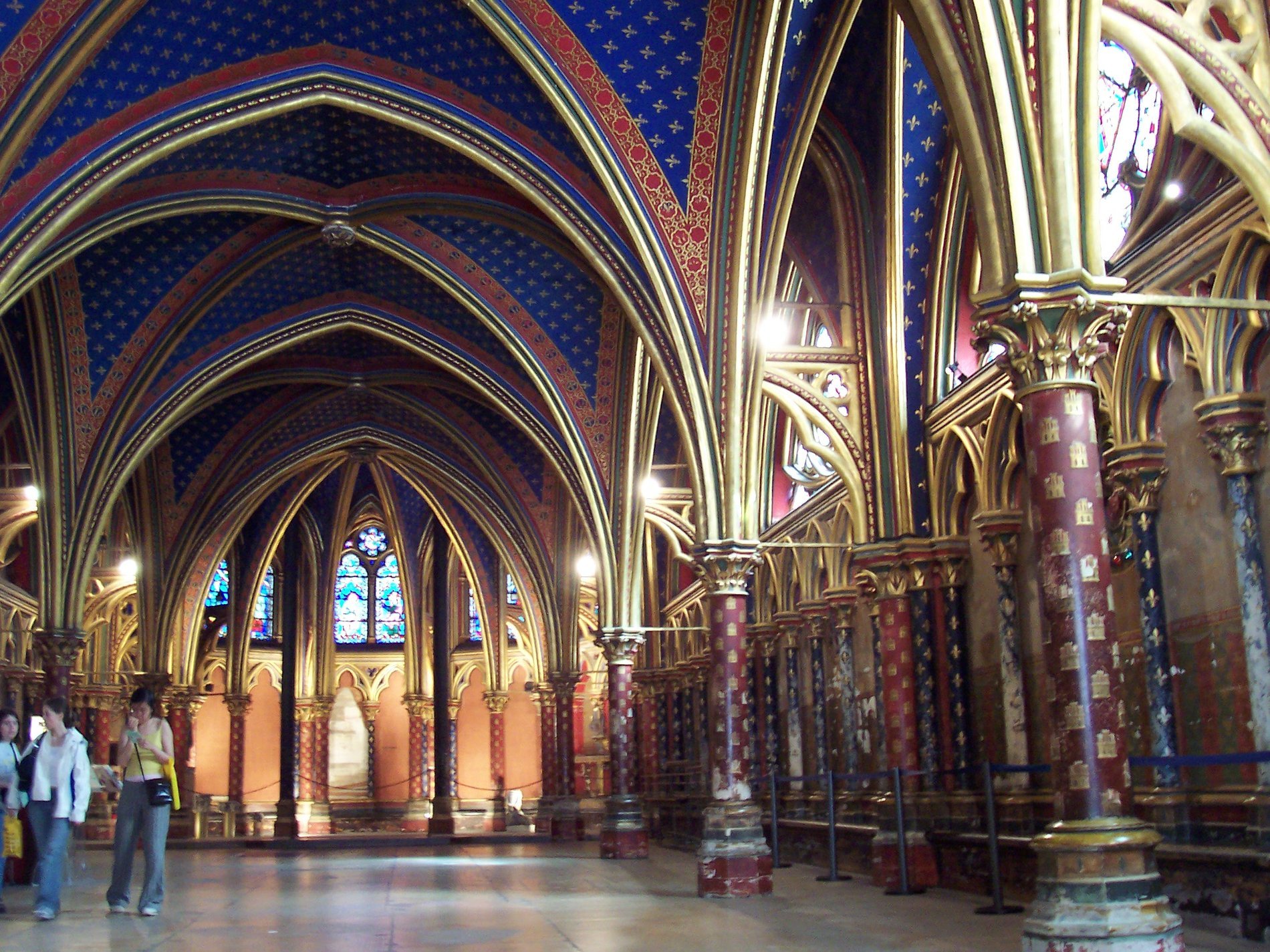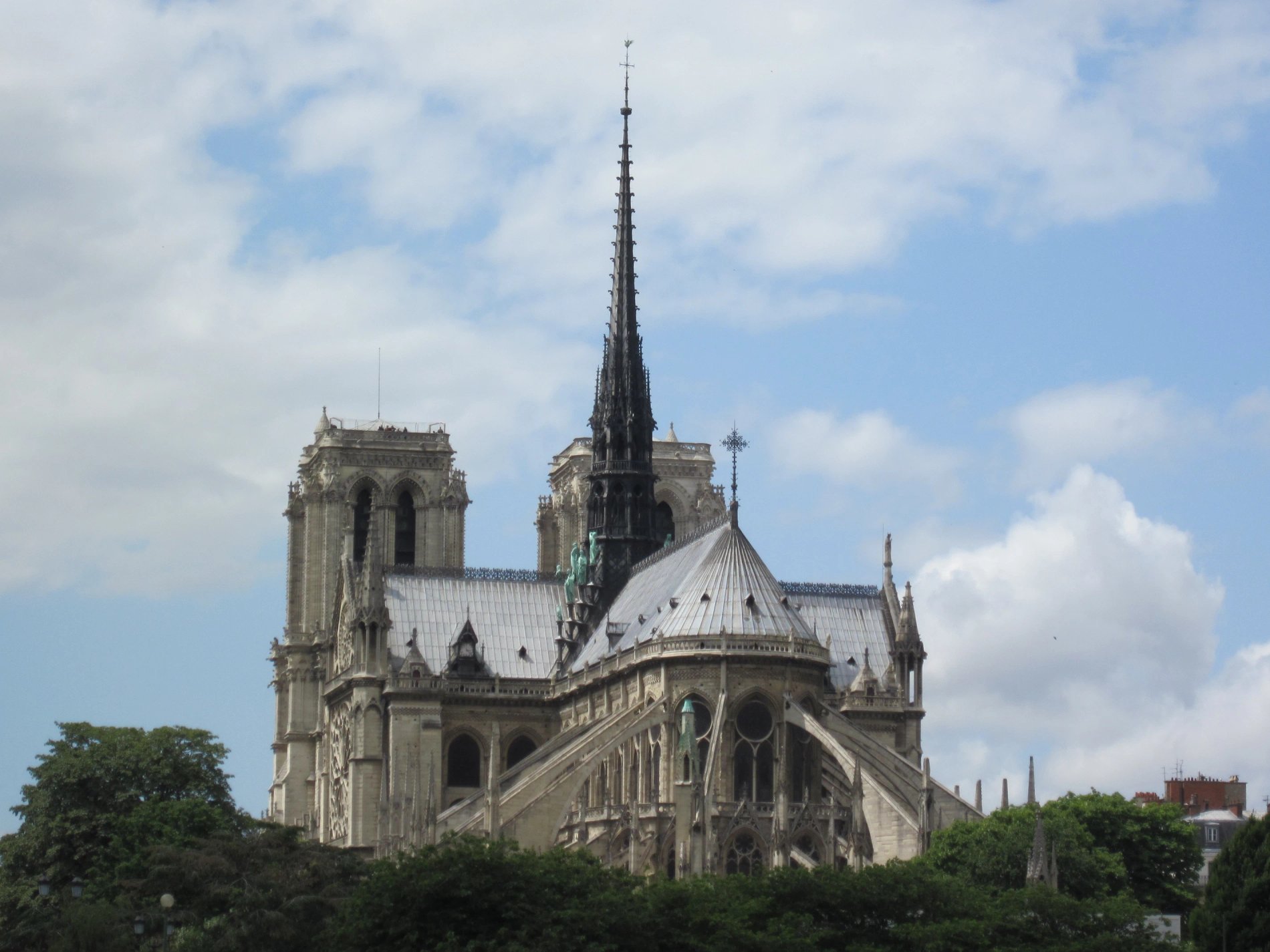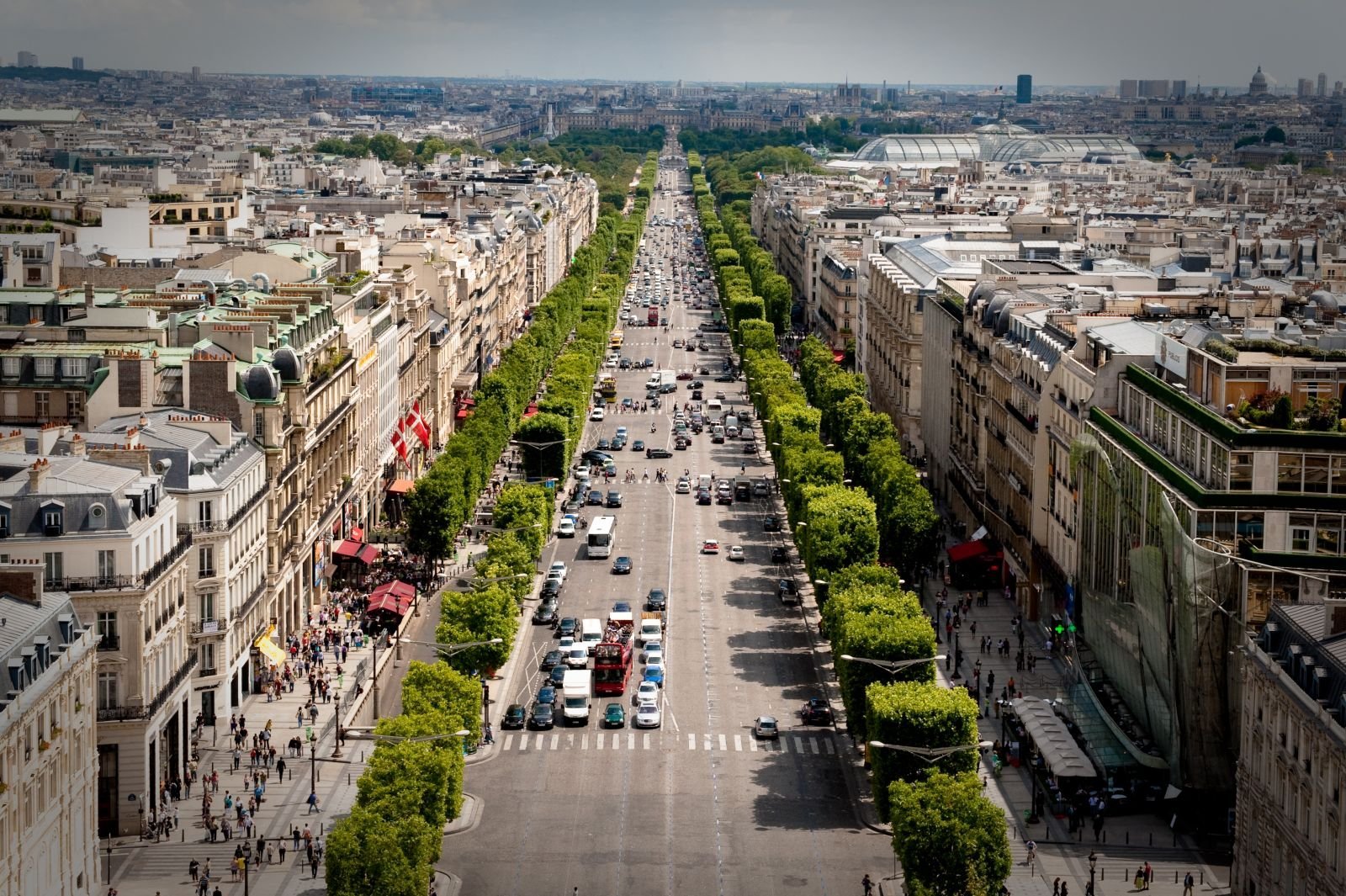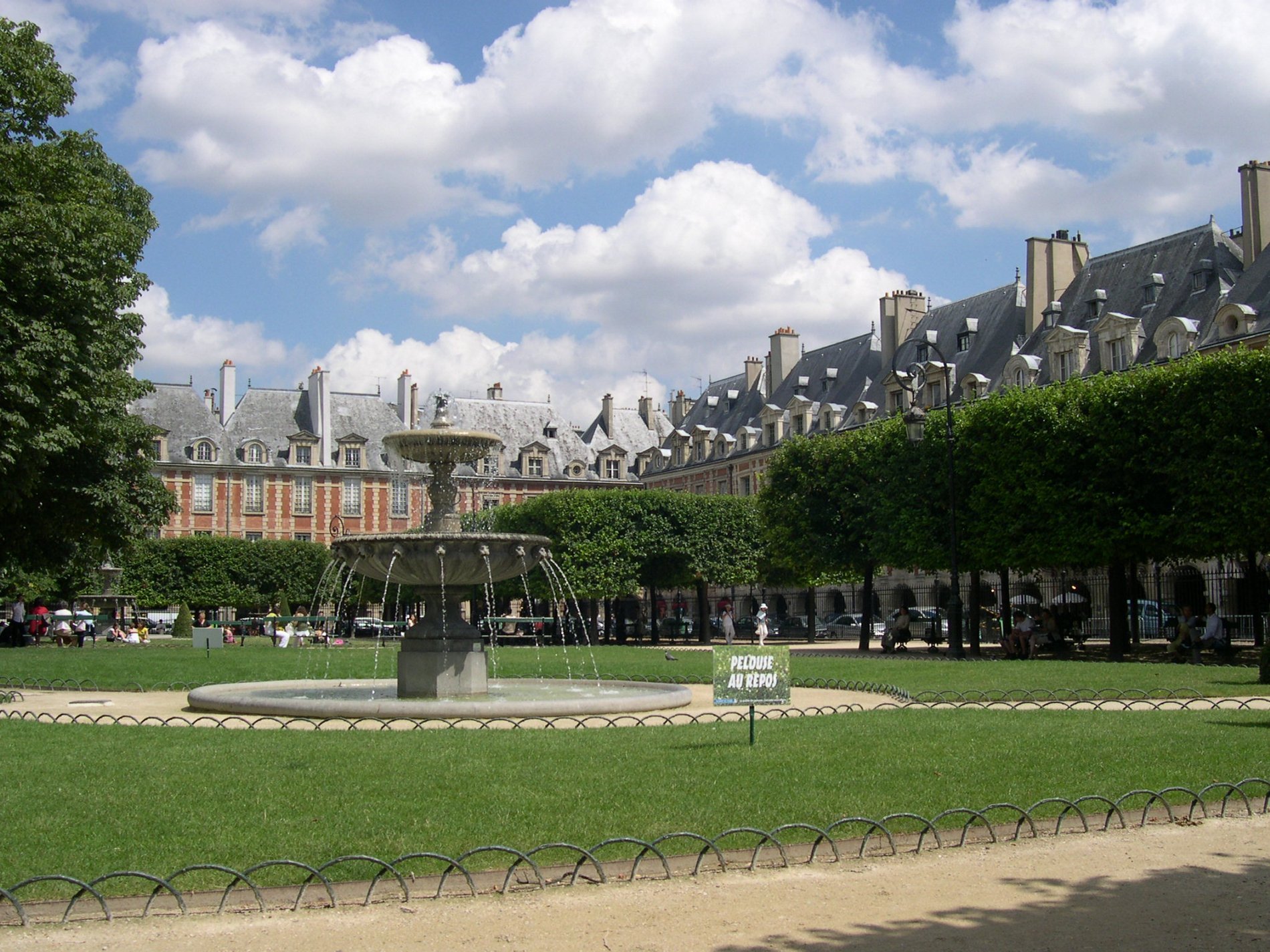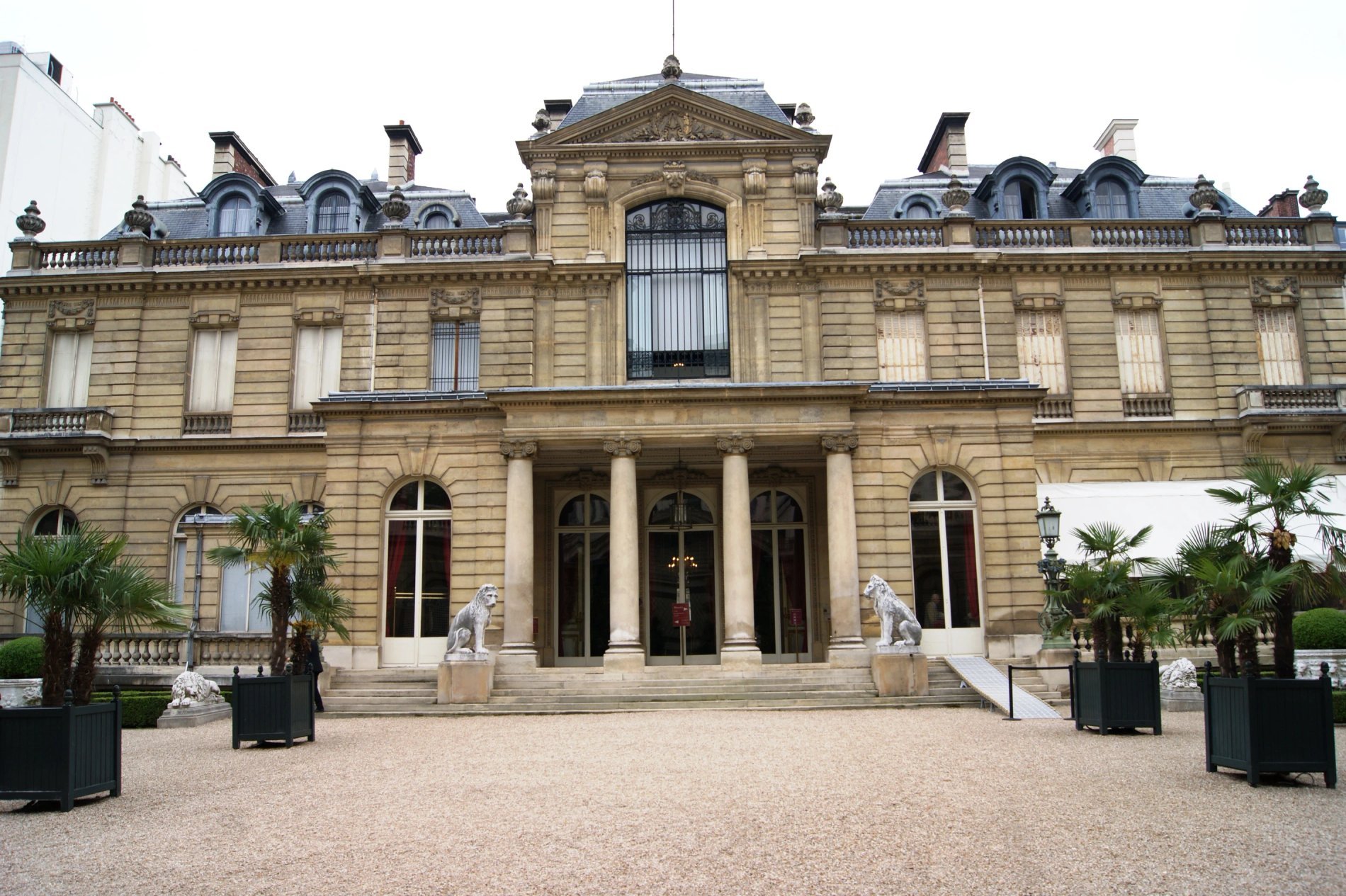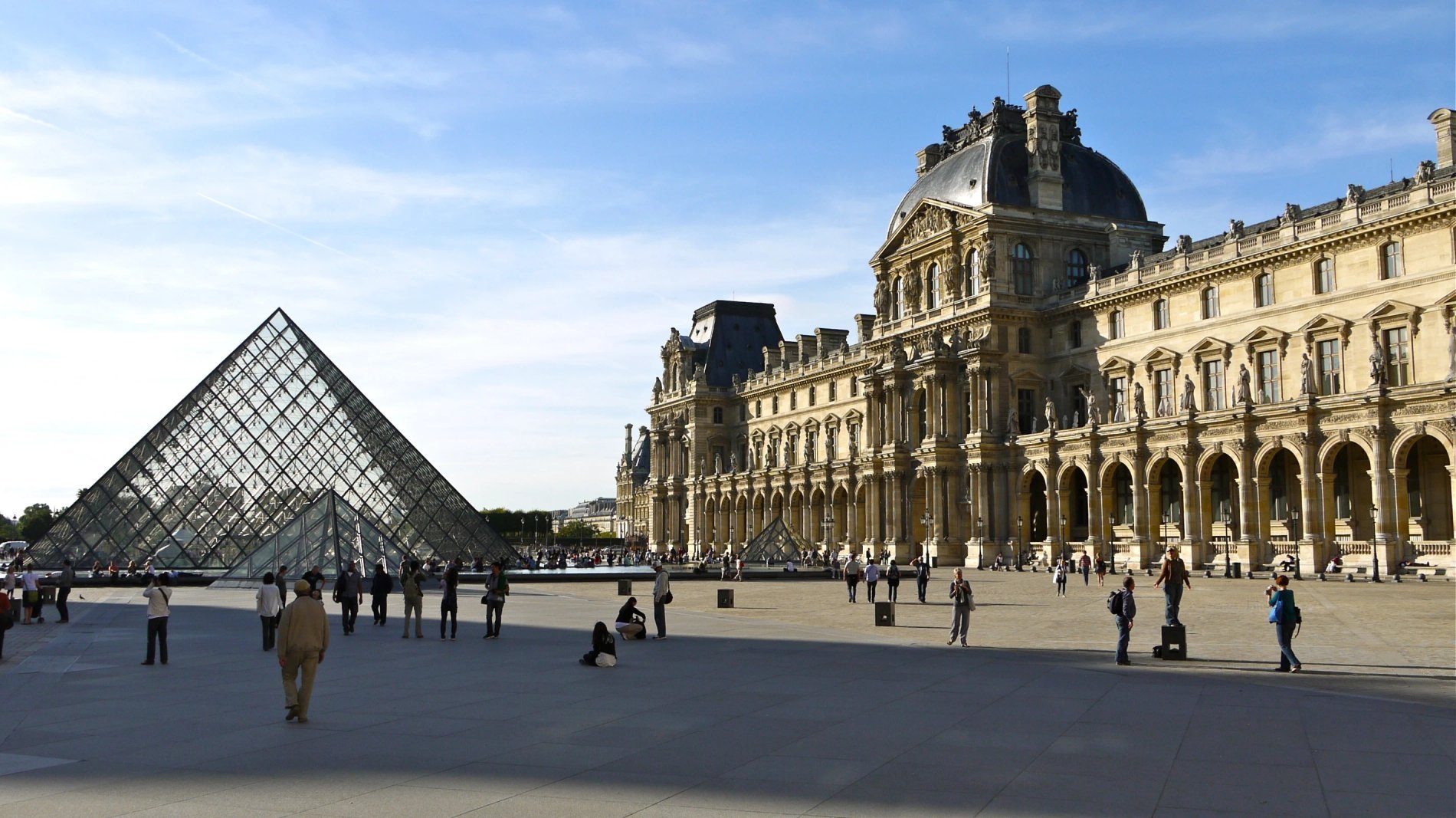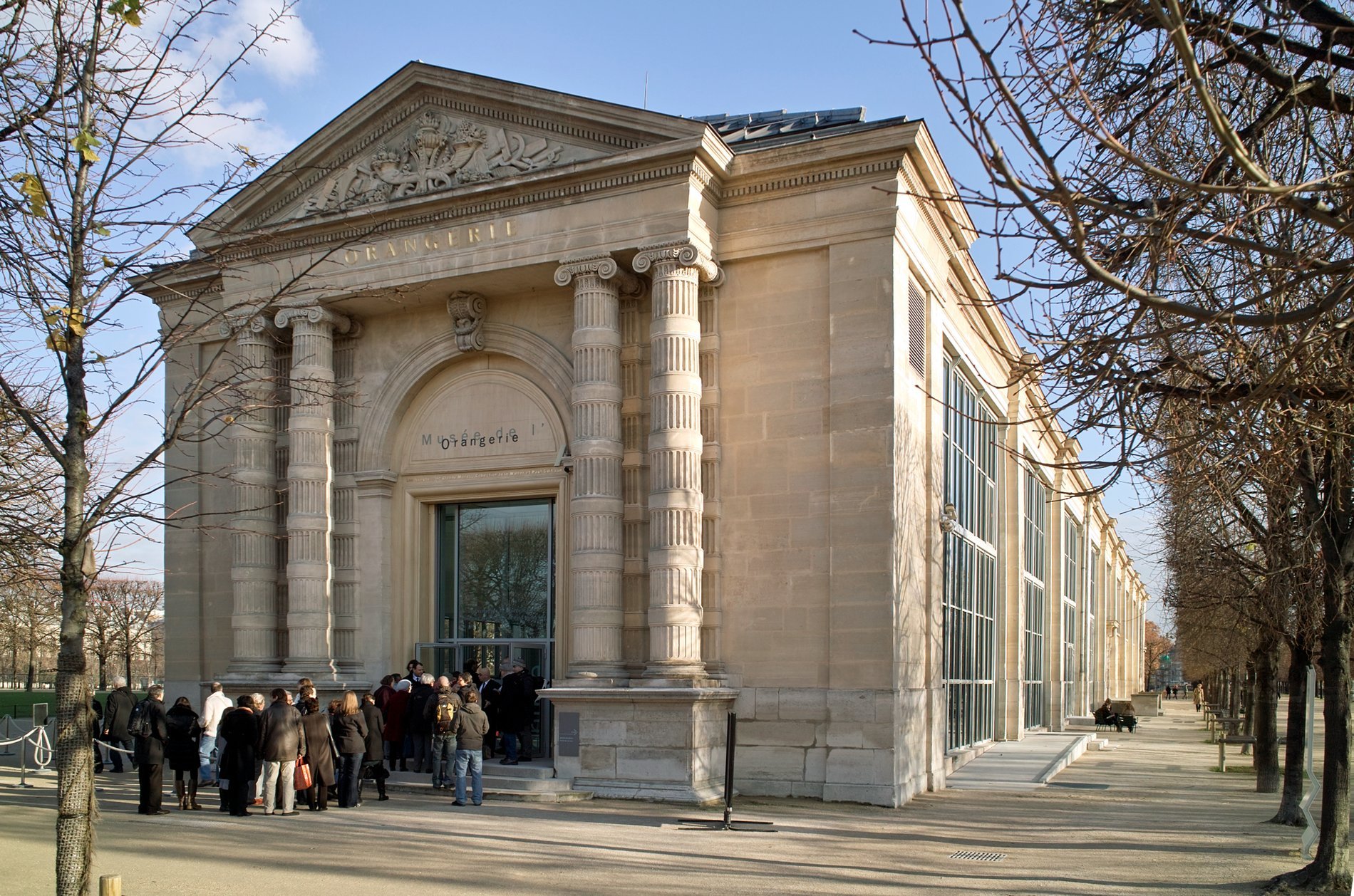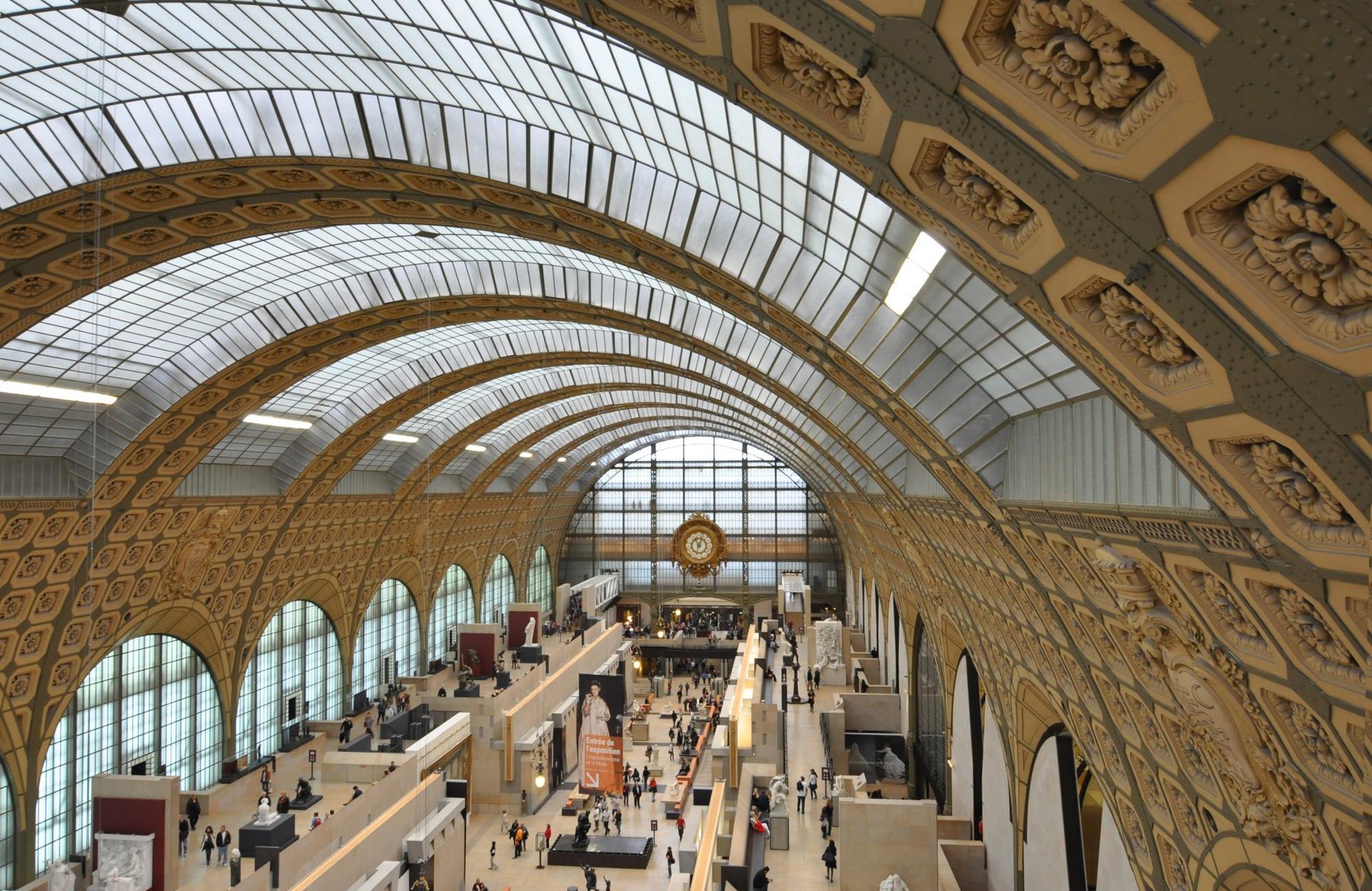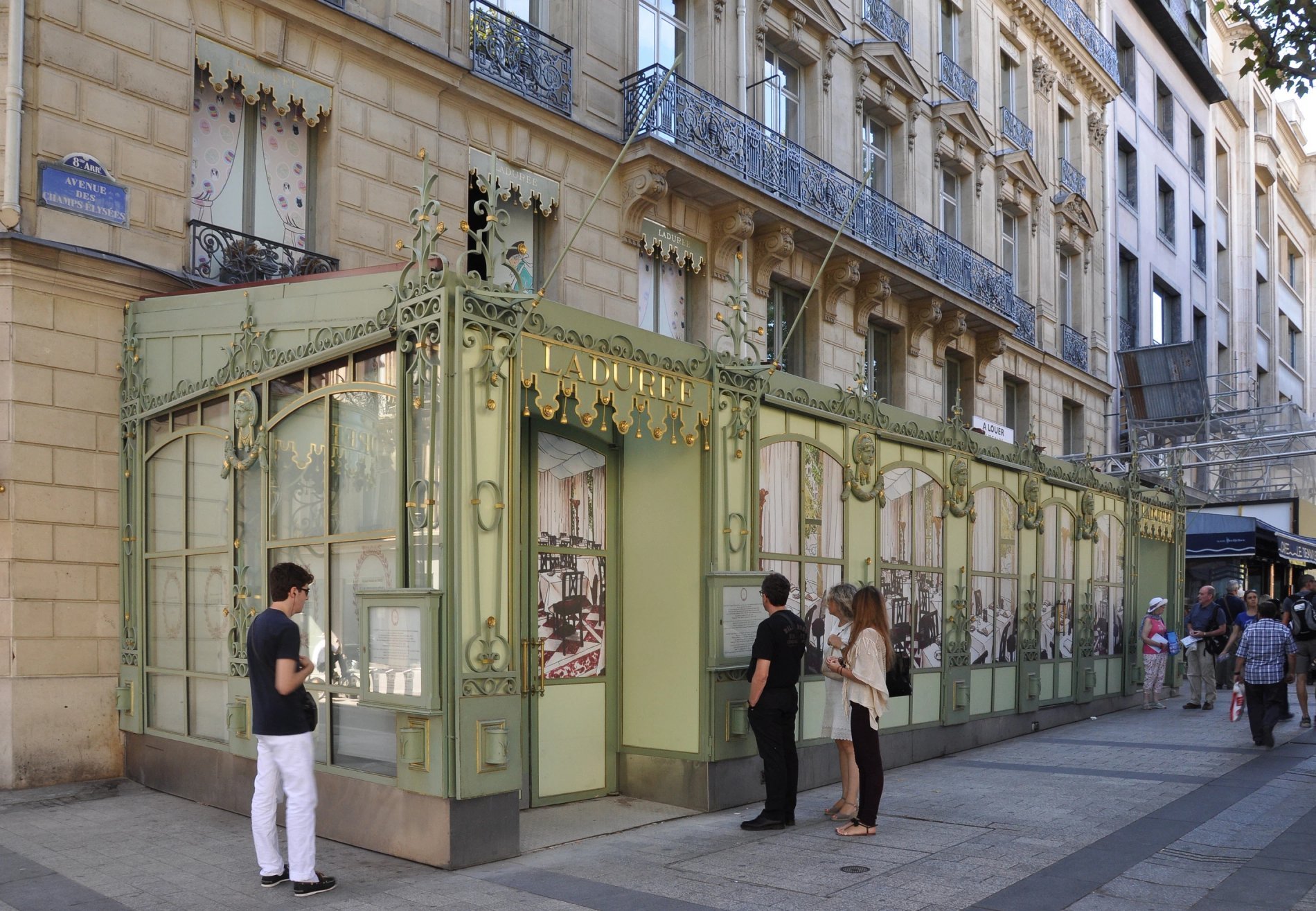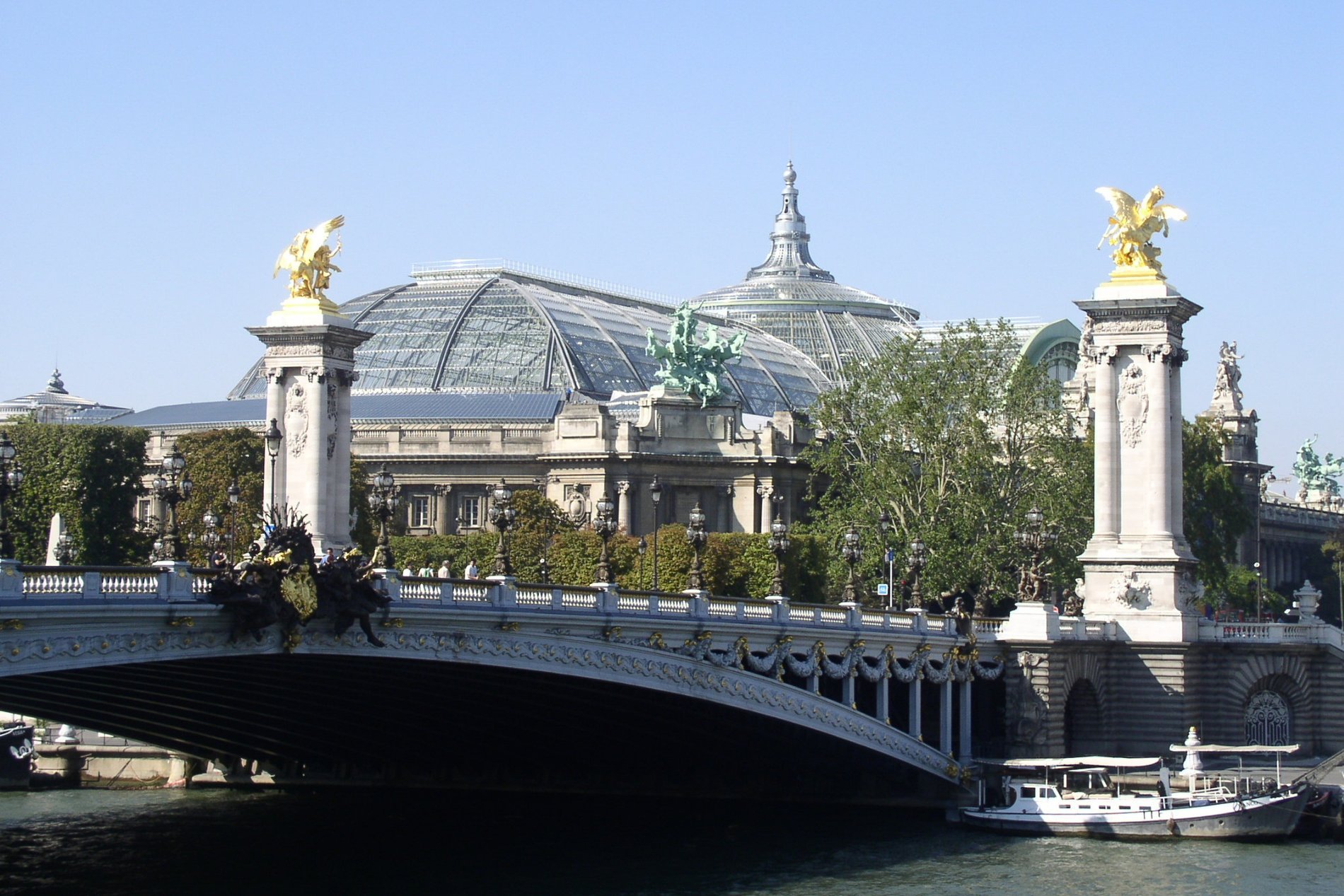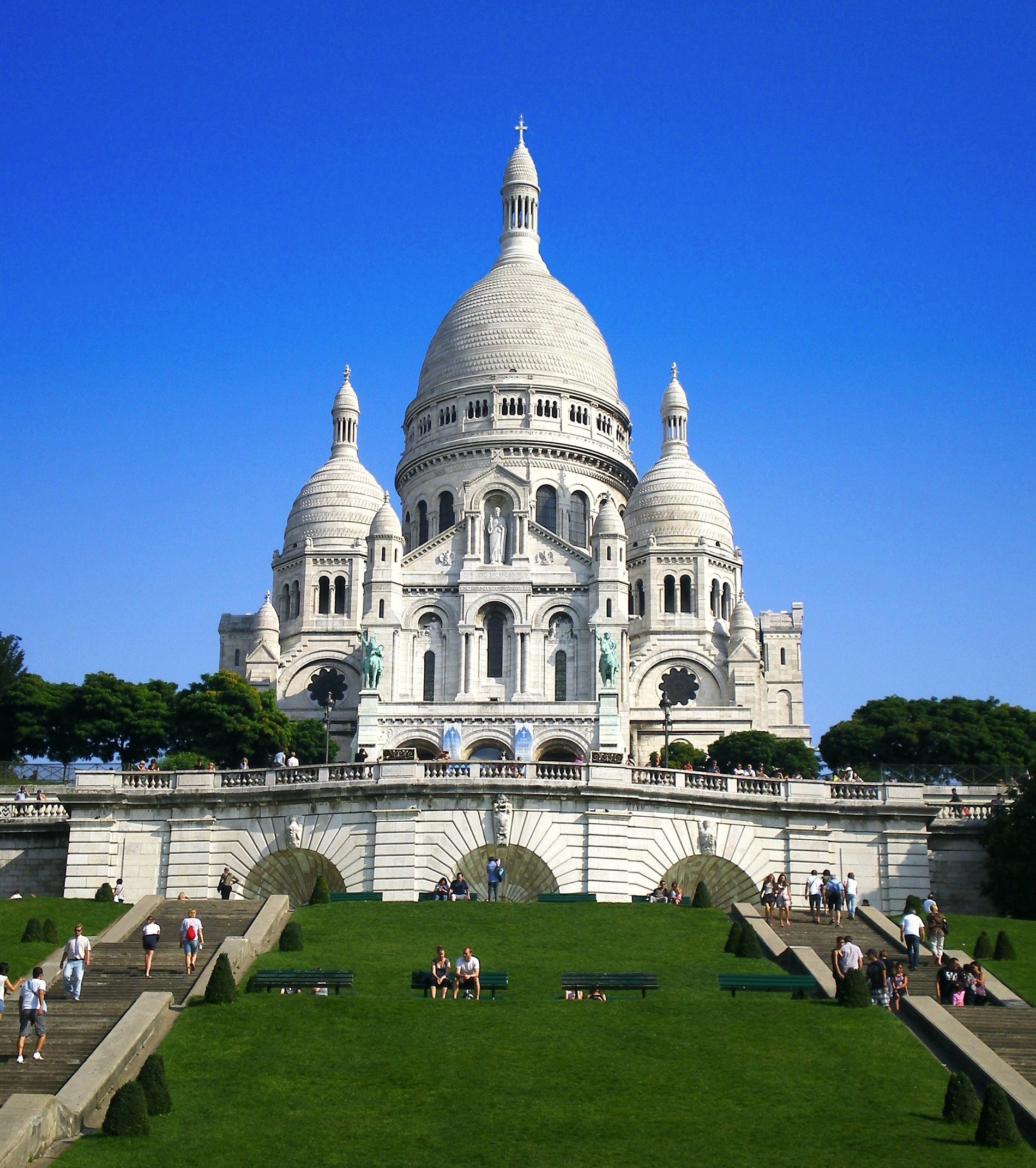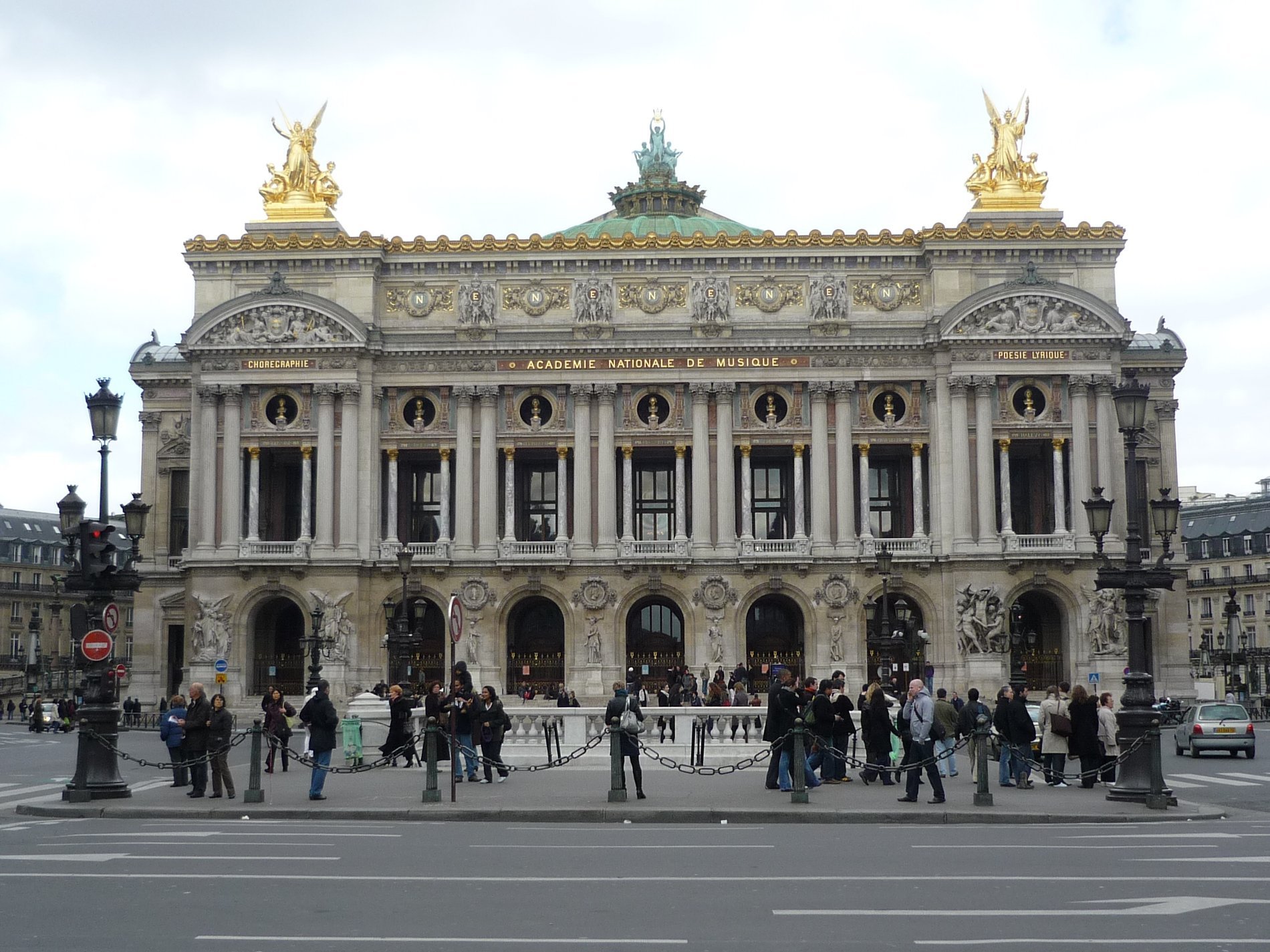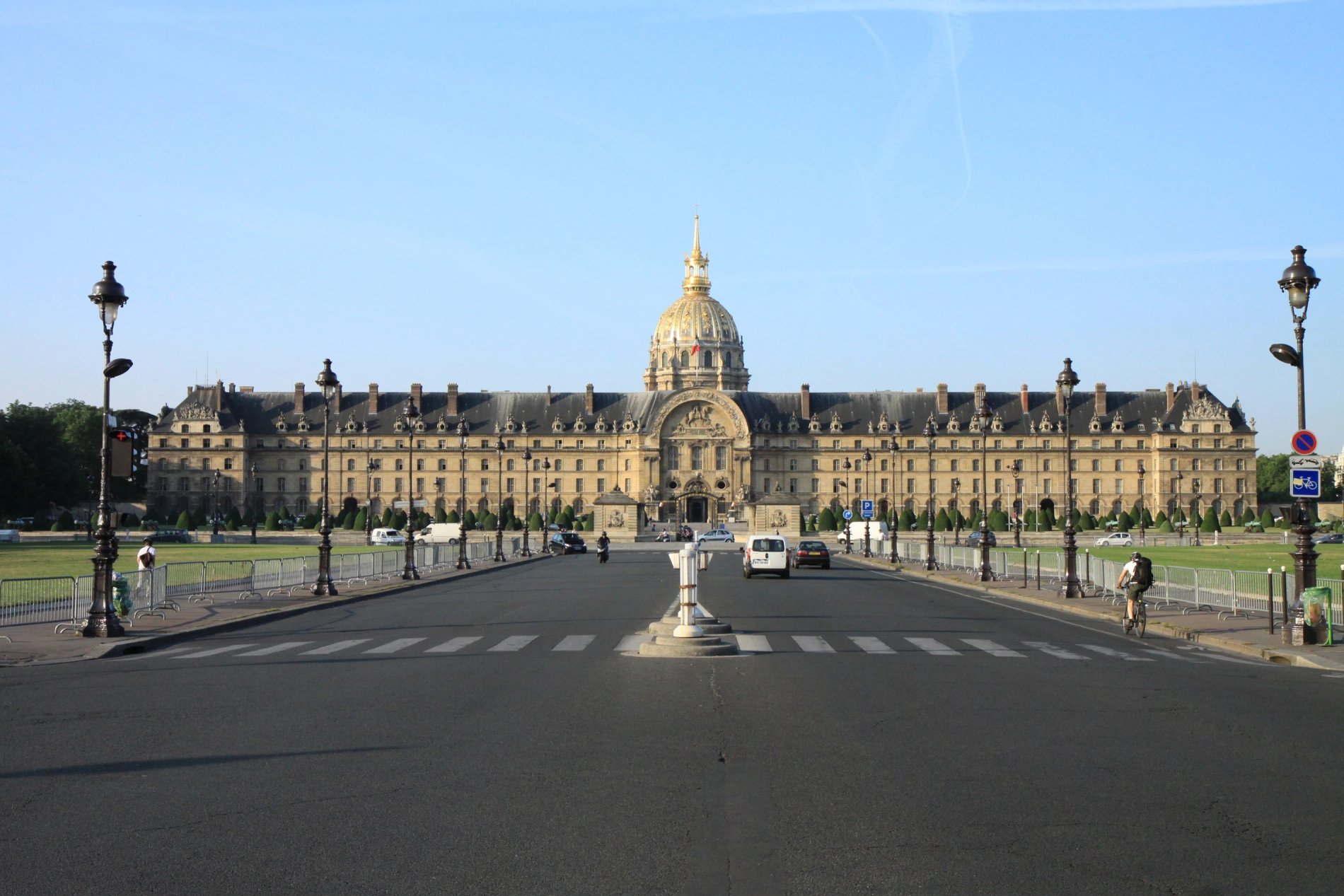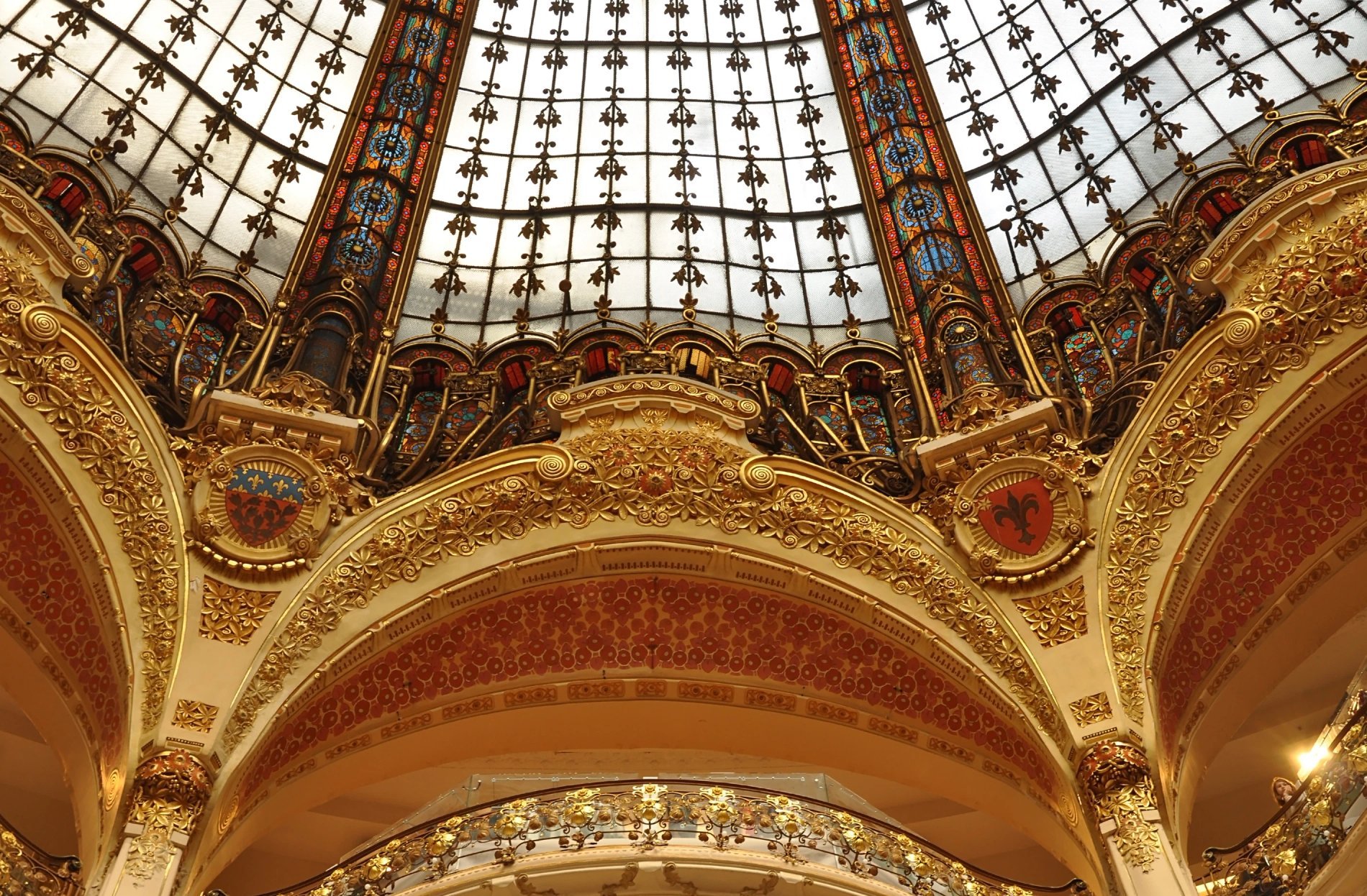AUSTIN'S SAINT-LAZARE HOTEL
★★★
TOURISM
TOURISM & LEISURE
This world-famous landmark was built for the Universal Fair of 1889, held to commemorate the centenary of the French Revolution.
It stands 1050 ft high.
Admission (elevator to the top) is EUR 9.90 for adults, EUR 5.30 for children under 12. Opening hours: Jan 1-Jun 13: 9:30am-11pm daily (stairs: 9:30am-6pm); Jan 14-Aug 31: 9am-midnight daily.
Located on Ile de la Cité, the construction of this gothic church started under Louis IX in 1240 AD to house relics believed to be Jesus's Crown of Thorns and parts of the Holy Cross.
Amongst other remarkable details, the tall stained-glass windows which are mainly original work. Admission is about EUR 6. Opening hours: 10:00AM-5:00PM.
Work on the Hunchback's gothic home began in 1163 AD and was completed circa 1345 AD. The house of God can accommodate over 6,000 worshippers.
Admission in the Cathedral is free, going to the towers costs about EUR 6. No elevator, people with a heart condition should abstain.
Opening hours: 8:00AM-6:45PM daily. Towers: 9:30AM-6:45PM daily. Masses: 8AM, 9AM, 12AM, 6:45PM.
The Champs Elysees avenue probably only deserves its nickname of "most beautiful avenue in the world" for its lower section, starting Place de la Concorde and ending at Grand Palais. The rest of the avenue mainly features overpriced shops and restaurants - with a few exceptions in the side streets.
Walk to the Arch of Triumph, at the top of the avenue, and visit the 50-meter high structure built to commemorate Napoleon's victories. Admission is about EUR 6, and free for children under 12.
Opening hours: 9:30AM-11:00PM daily from April to October, and 10:00AM-11:00PM daily from Nov-March.
Its building started in 1671 under the reign of King Louis the XIVth, and about 30 years later. From its inception, the place was designed to serve as a home to impoverished soldiers and wounded veterans of the French army. It comprises the veteran hospital itself, a church, several museums, and the tomb of Napoleon I. Admission is EUR 6 for adults, and free for children under 12.
Opening hours: October to March 31: 10AM-4:45PM, April-September 30: 10AM-5:45PM
The Romano-Byzantine basilica crowns the Montmartre hill. Its construction began in 1875 and was completed in 1914. Admission is free, except for the crypt and dome (about EUR 5). For a fun ride, go to the Anvers metro station, walk to "Rue Tardieu" and take the "funiculaire" (a one-car train which brings you almost to the top of the hill). Montmartre itself used to be a village outside Paris.
The hill is famous for its architectural landmarks, its artistic life, and more recently, for 'Amelie'. It counts no less than 7 museums!
Its construction started in the early XVIIth century under Henri IV. It was completed in 1612. Initially named 'Royal Square', it was renamed 'Place des Vosges' by Napoleon I as an homage to the inhabitants of the Vosges region who had been particularly quick to pay their taxes.
The square is remarkable both by its style (it is lined with 36 buildings, all dating from Henri IV) and by its shops and its little park where Parisians like to loaf on sunny Sundays.
Net als het Nissim de Camondo Museum, de Wallace Collection en de Frick Collection was het oorspronkelijk een privé-woning van de hogere middenklasse, in dit geval de Iciprotestanten, die met behoud van de oorspronkelijke indeling werd omgevormd tot een museum.
De werkzaamheden, die plaatsvonden van 1869 tot 1875, creëerden een hotel voor feesten en recepties, voorzien van alle moderne gemakken, in een theatrale omgeving.
The Louvre Palace is a former royal palace located in Paris on the right bank of the Seine, between the Tuileries Gardens and the church of Saint-Germain-l'Auxerrois.
The construction of the Louvre is inseparable from the history of Paris. It spans more than 800 years, although the general plan of the palace was already conceived during the Renaissance. Charles V established his residence here, giving the palace a status that it retained until the reign of Louis XIV.
The Musée de l'Orangerie is a museum of Impressionist and Post-Impressionist paintings located in the Jardin des Tuileries, at the western end of the Terrasse du bord de l'eau, Place de la Concorde, in Paris.
It contains works by Claude Monet, Paul Cézanne, Henri Matisse, Pablo Picasso, Pierre-Auguste Renoir, Amedeo Modigliani, Le douanier Rousseau, André Derain, Chaïm Soutine, Marie Laurencin, Maurice Utrillo, Paul Gauguin...
The Musée d'Orsay is a national museum located in the 7th arrondissement of Paris, along the left bank of the Seine. It was inaugurated in 1986 after the redevelopment of the former Orsay railway station, built by Victor Laloux between 1898 and 1900.
The museum has the largest collection of Impressionist (about 440 paintings) and Post-Impressionist works in the world, with more than 900 canvases out of a total of nearly 3,300
The Avenue des Champs-Élysées (or simply the Champs-Élysées, sometimes even the Champs) is a large and famous avenue in Paris. It is considered by many1 to be the most beautiful avenue in the capital2, and, according to an expression commonly used in France and mainly by Parisians, the most beautiful avenue in the world3.
It takes its name from the Champs Elysées, the place in the Underworld where virtuous souls stayed in Greek mythology.
The Avenue des Champs-Élysées (or simply the Champs-Élysées, sometimes even the Champs) is a large and famous avenue in Paris. It is considered by many1 to be the most beautiful avenue in the capital2, and, according to an expression commonly used in France and mainly by Parisians, the most beautiful avenue in the world3.
It takes its name from the Champs Elysées, the place in the Underworld where virtuous souls stayed in Greek mythology.
The construction of the cathedral, launched under the impetus of bishop Maurice de Sully, lasted from 1163 to the middle of the 14th century.
The style is therefore not totally uniform: it has both early and radiant Gothic features. The two rose windows in each arm of the transept are among the largest in Europe, each measuring 13 metres in diameter. When it was completed, it was one of the largest cathedrals in the West.
Montmartre is linked to a Mons Martis "the mount of Mars" because, in Gallo-Roman times, a temple dedicated to Mars, the god of war, stood on the hillock, on the site of the present-day church of Saint-Pierre (as well as another temple, dedicated to Mercury).
Later, during the Christian era, the Mount of Mars was reinterpreted as the "Mont de Martre", martre meaning "martyr" in Old French.
At the time of its creation, at the same time as that of Charles Garnier's Opera House, the main interest of this square was to give pedestrians sufficient distance to admire the main façade of the building.
It is also part of the transformations of the urban planning of the capital, wanted by Napoleon III and concretized by the baron Haussmann, to facilitate the circulations of all kinds. The place takes on a particular importance with the passage of several lines of the metro.
The ground floor of the Western wing of the Musée de l'Armée has a permanent exhibition of one of the world's most important collections of armour and ancient weapons of French and foreign origin, comprising several thousand objects.
In a completely modernised museography, these rooms present a two-level tour: chronological and thematic.


 Français
Français 
